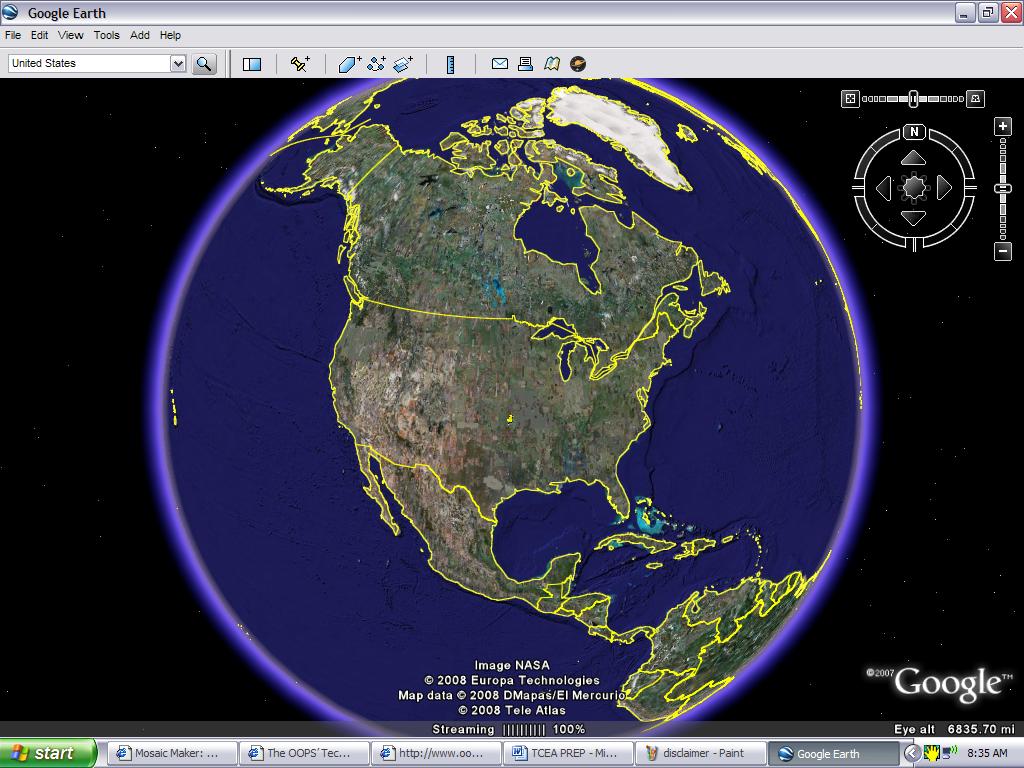Back to School
Well, you have seen them too—the back-to-school commercials. It is almost that time of year.
One of the initial activities in the back-to-school task list is the Student Information Sheet.
Why not add a small section to your Student Information Sheet to reflect your students’ technology skills. If you have a hardcopy handout, add a small section at the end. Or, consider adding a section on your blog or wiki for students to fill out that asks:
Students, Do you have…
~A computer
~A webpage
~A cell phone
~Internet access
~Accounts on Music sites
~A Blog
~Favorite websites (that can be shared with you, the teacher)
~Special tech skills (such as keyboarding, spreadsheet skills, programming skills, hardware skills, graphic design skills, etc…)
Try it and see!
{Add any other ideas here!}





